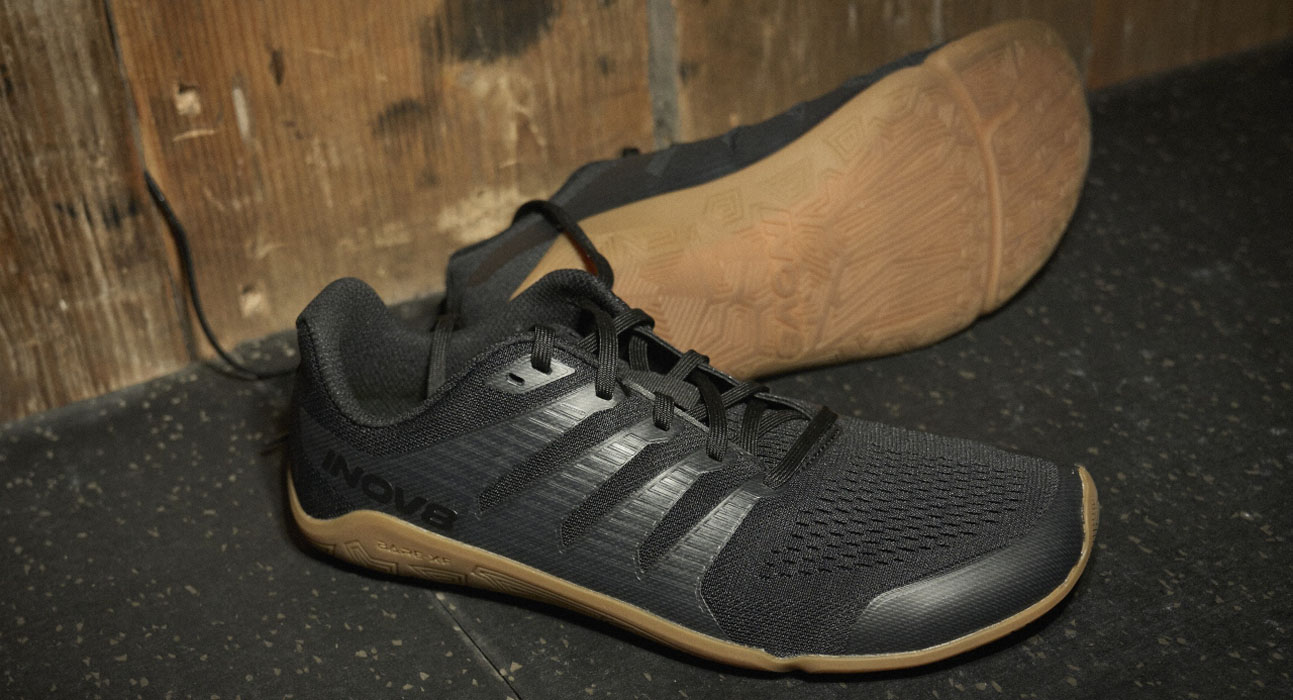
The feet are the foundation of our posture. We all know how to strengthen our abs, chest, legs, and arms but what about the very platform we walk around on?
There are several benefits to training in a barefoot shoe (like the new BARE-XF) and here are 12 exercises to get you started.
EXERCISES TO DO WITH NO SHOES ON, TO STRENGTHEN YOUR FEET AND ANKLES:
1. ANKLE ROLLS
Encourage full range of motion by rotating your ankles in large circles clockwise and anticlockwise.
2. TOE CURLS
Imagine you’re trying to pick something up with your toes. Perform multiple reps, for example 3 x 20 reps of toe curls. You could also place small objects like marbles (or towels!) on the floor and try to pick them up with your toes.
3. TOWEL TUGS / CALF RAISES
Sit with your legs straight in front with no knee bend and loop a towel around your foot. Pull the towel ends toward your body until you feel a stretch in your calf. Alternatively, stand over the edge of a step with your toes and balls of your feet on the step and the rest of your feet over the edge. Come up onto your tiptoes and then carefully sink your heels down. Repeat this following a similar structure to the toe curls, e.g. 3 sets of 20 reps.
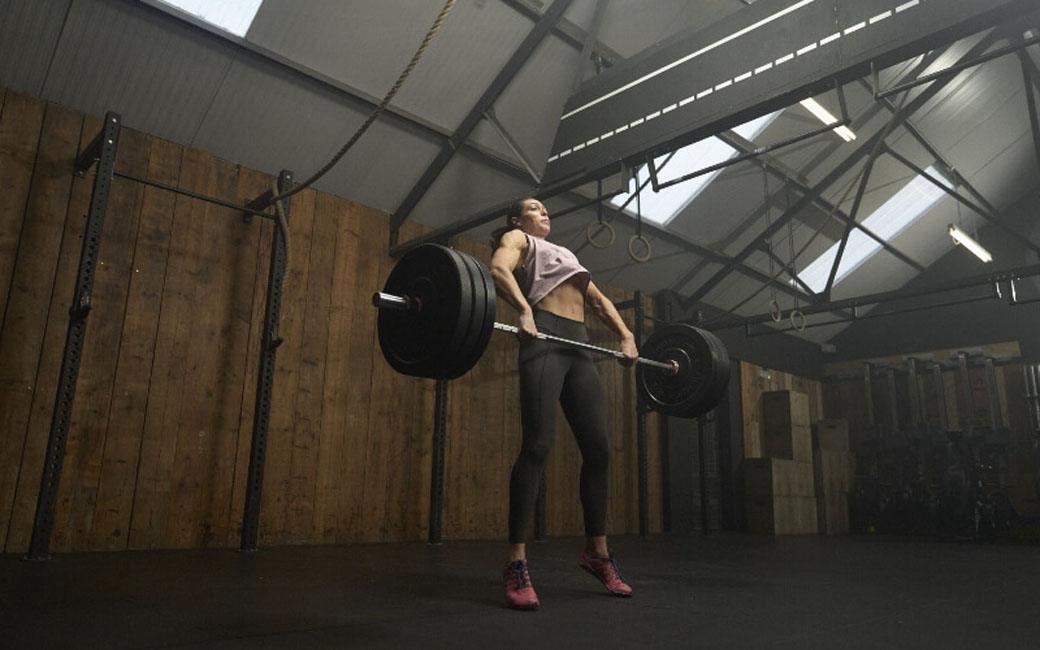

4. DORSIFLEXION AND PLANTARFLEXION
A.K.A. flex your feet and point your toes! Pull your toes up to your shins as far as they can and hold for ten seconds. Then point your toes, pushing your feet down as far as they can and hold.
5. INVERSION AND EVERSION
A.K.A. internal and external rotation. Sit down with your legs straight in front with no knee bend. Twist the soles of your feet towards each other keeping your hamstrings and calves flat on the ground. This will look like ‘prayer’ hands. Hold. With your legs still flat on the ground, twist your feet in the opposite direction, trying to pull the top of your feet together. Hold. Move slowly through this, holding briefly when you reach the end of your range of motion.
6. BALANCE
Wearing barefoot shoes allows for full toe splay, meaning your entire forefoot can properly grip the ground. Work on your balance by performing exercises like single leg squats and single leg deadlifts.
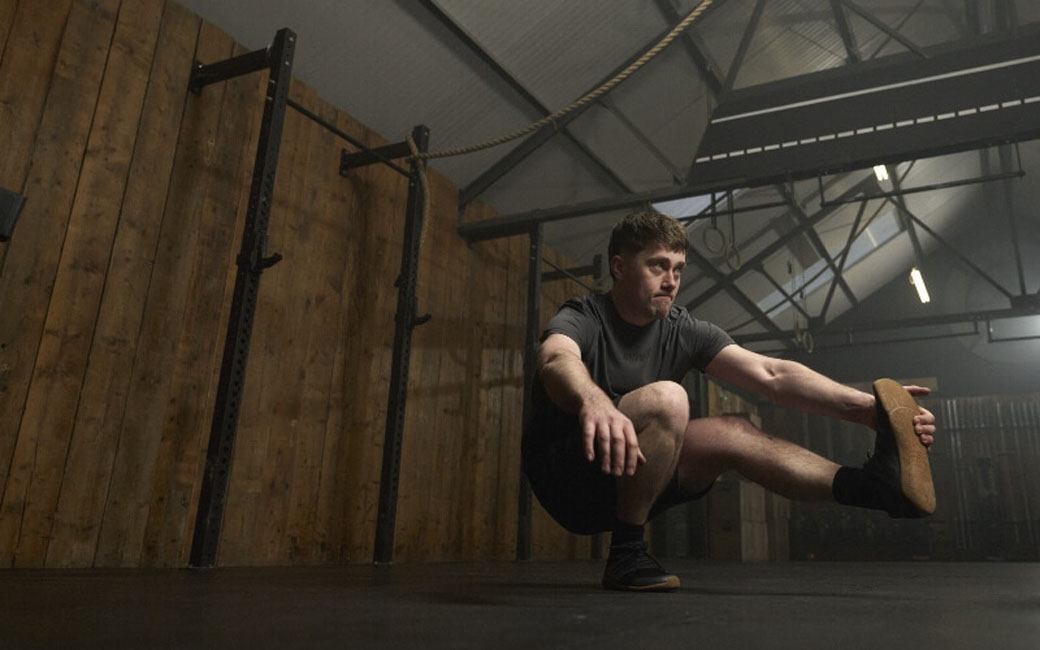

7. DEADLIFTS
Lower to the floor = mechanical advantage. The closer you are to the ground, the lesser distance you need to pull the weight.
8. PUSH-UPS
Your ‘little piggys’ are in a flexed position when you are in the push-up stance. With barefoot shoes on, you are encouraging a full range of motion in the toes which will increase their mobility. This will help you run, lunge and climb better.
9. LUNGES
Any form of lunge requires balance. Whether you are performing walking lunges, reverse, front or lateral lunges, you will come onto your toes and need to balance. With the increased ground feel of the barefoot shoe, your toes and balls of your feet can grip the ground for maximum stability.
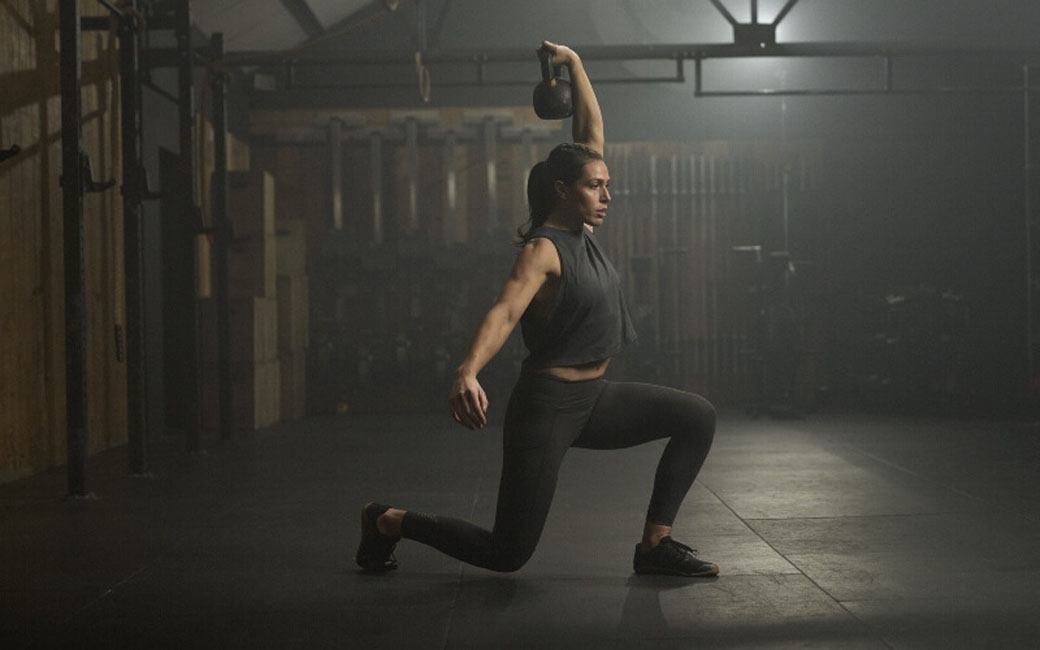
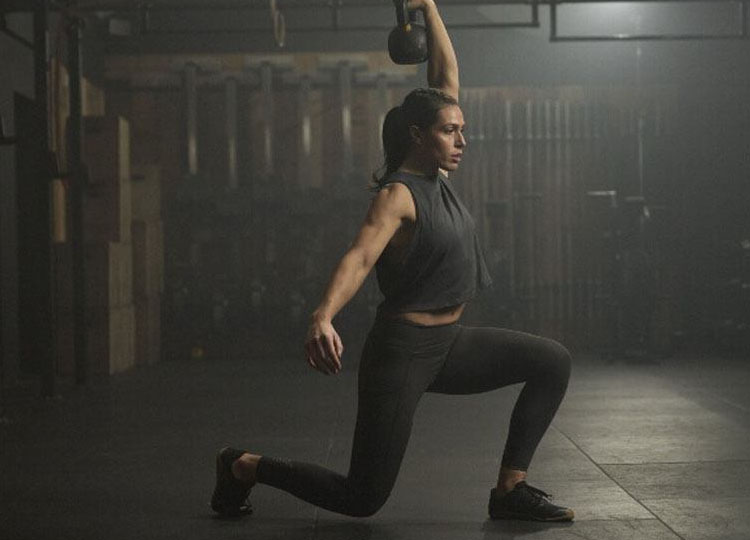
10. SHORT RUNS/SPRINTS
Remember running around barefoot as a kid? Let your feet work as intended and have full grip and traction on the ground (with the protection of a shoe for obstacles / harsh ground). Disclaimer: It is important to slowly build up to any significant distance running or sprint reps if you do not currently wear barefoot shoes. Your feet will likely be sore the first few times you try it.
11. PLYOMETRICS
Like performing sprints, plyometric exercises in barefoot shoes will require your body to produce all the force for explosive movements. Wearing minimal footwear encourages better landing mechanics. Try box jumps, broad jumps, lateral bounds, or reverse lunge knee ups.
12. SQUATS
Whilst wearing lifting shoes to perform squats can help people with limited mobility to reach full depth, it can be helpful to train in barefoot shoes to increase the flexibility and mobility of your ankles whilst enhancing technique and grip. If you already have good lower body mobility and are aspiring to increase your range, squatting in barefoot shoes is hugely beneficial.










